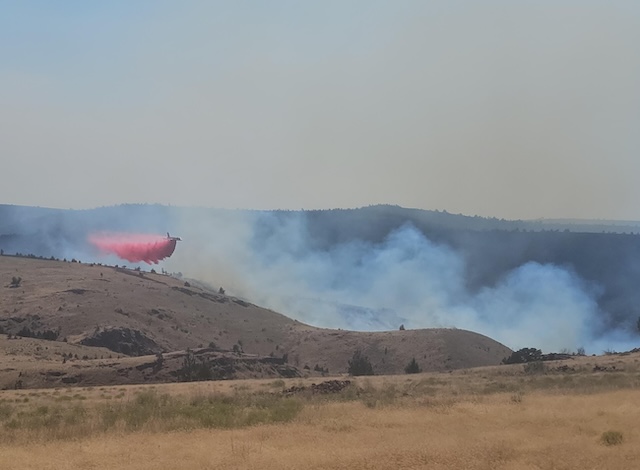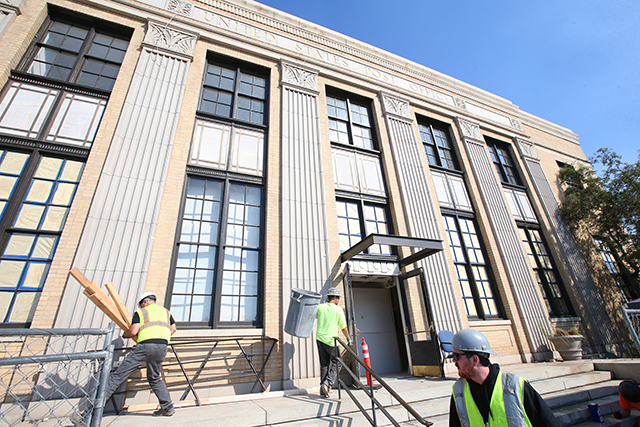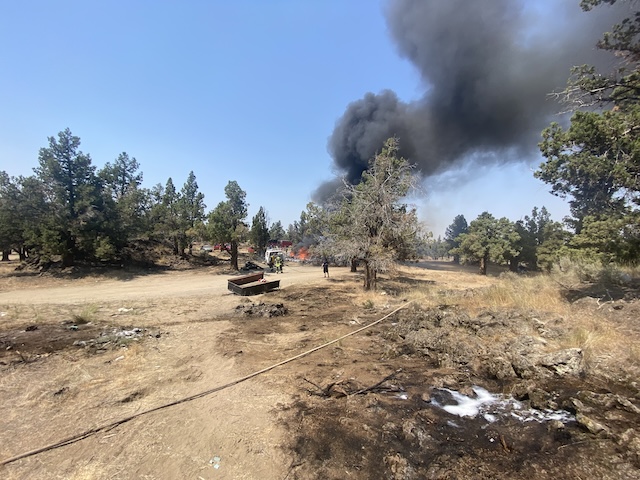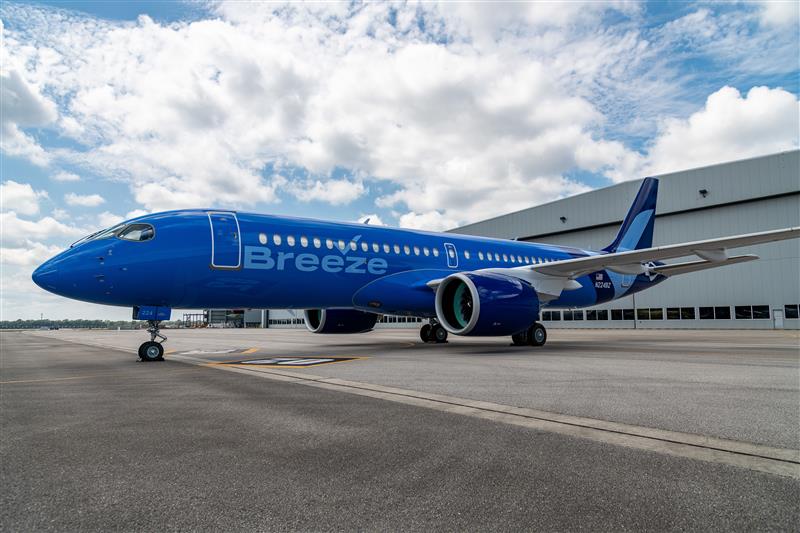Mother Nature is in the spotlight at Rocky Mountain National Park
Published 5:00 am Sunday, September 15, 2013
If you go
Rocky Mountain National Park is located just west of Estes Park, Colo., on U.S. Highway 34. Admission is $20 per car. Camping is $20 per night. For more information go to www .nps.gov/romo/index.htm or call 970-586-1206.
Trending
ROCKY MOUNTAIN NATIONAL PARK, Colo. — I’m sitting at a picnic table, about to dive into a plate of barbecued ribs, when what sounds like a tiny fighter plane buzzes into my upper chest.
I flick off quite possibly the world’s largest flying insect, then turn my attention back to dinner and tonight’s discussion of the best methods of campfire construction.
Some folks don’t like roughing it, but I revel in the dirt, the bugs and the oneness with nature that a few nights in the great outdoors bring. And here at Rocky Mountain National Park, where I’m shacking up in a pop-up camper with my sister and her husband, I get all those things against a backdrop of mountains bristling with pine trees.
In a single day at the 416-square-mile Colorado playground, you can eavesdrop on a herd of grazing elk, hike up to a glinting mountain lake (or three or four), watch beavers scurry around a pond, spot a fuzzy little rodent called a pika and spy on a marmot napping on top of a boulder.
It’s less than a two-hour drive from downtown Denver, too, just outside the quaint but bustling town of Estes Park, which is well worth a stroll itself and home to the Stanley Hotel of “The Shining” fame.
We’d rolled into a slot among the ponderosa pines at the park’s Moraine Park Campground earlier this afternoon, then spent 20 minutes setting up our cozy little Fleetwood Cobalt. I love to sleep in a tent, but it’s nice now and then to wake up without leaves in your sleeping bag or kinks in your spine.
Trending
Like other campgrounds at the park, Moraine is a hub of activity. Junior Ranger programs, guided hikes, nature talks and campground presentations are scheduled several days a week. Unlike two other campgrounds at the park, it hasn’t been affected by the pine beetle outbreak. Glacier Basin and Timber Creek campgrounds look different now than they once did — barren and exposed where they were once green and shady, after park crews removed dead trees.
Woodrow Wilson signed Rocky Mountain National Park into law in 1915. That means it’s almost 100 years old. To celebrate, the park will spend an entire year toasting its centennial.
With more than 300 miles of trails and dozens of peaks that top out higher than 12,000 feet, there’s plenty to explore.
All manner of critters live in the craggy mountaintops and alpine meadows, from shaggy bighorn sheep and lanky coyotes to those fat little yellow-bellied marmots. I ogled a mother moose and her calf here a few years ago; another time a small herd of female elk romped right through the campground. (Come in September to hear elk bugle during mating season.)
I like to spend as much time as possible clomping through the woods, but it’s worth a drive up Trail Ridge Road to the Alpine Visitor Center, which is open from 9 a.m. to 5 p.m. daily during warm months. (The road closes in the winter.) There, you can zip up your jacket, step onto the patio and let your jowls flap in the breeze while you scan the tundra and admire the glacier-carved valley below.








